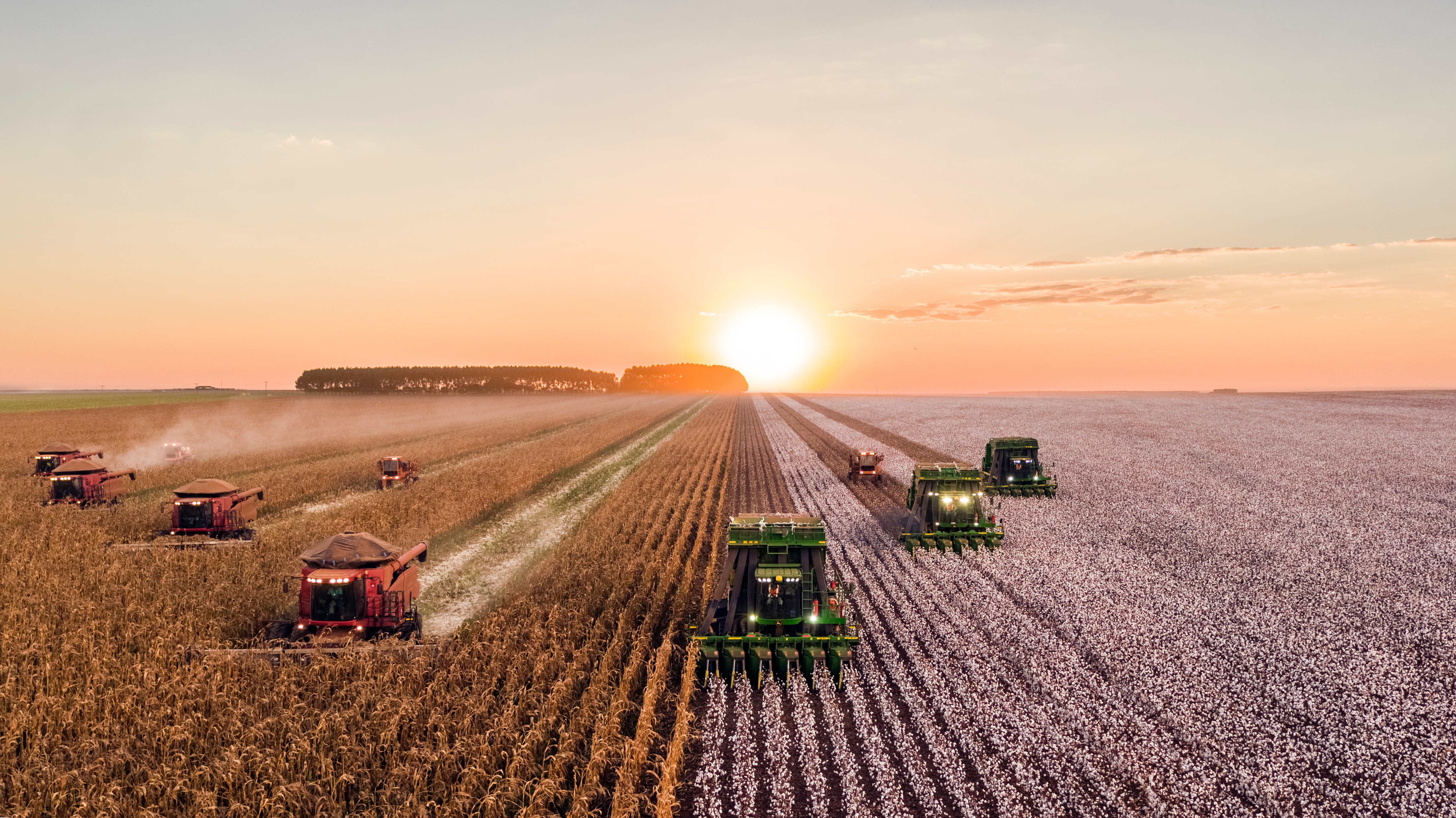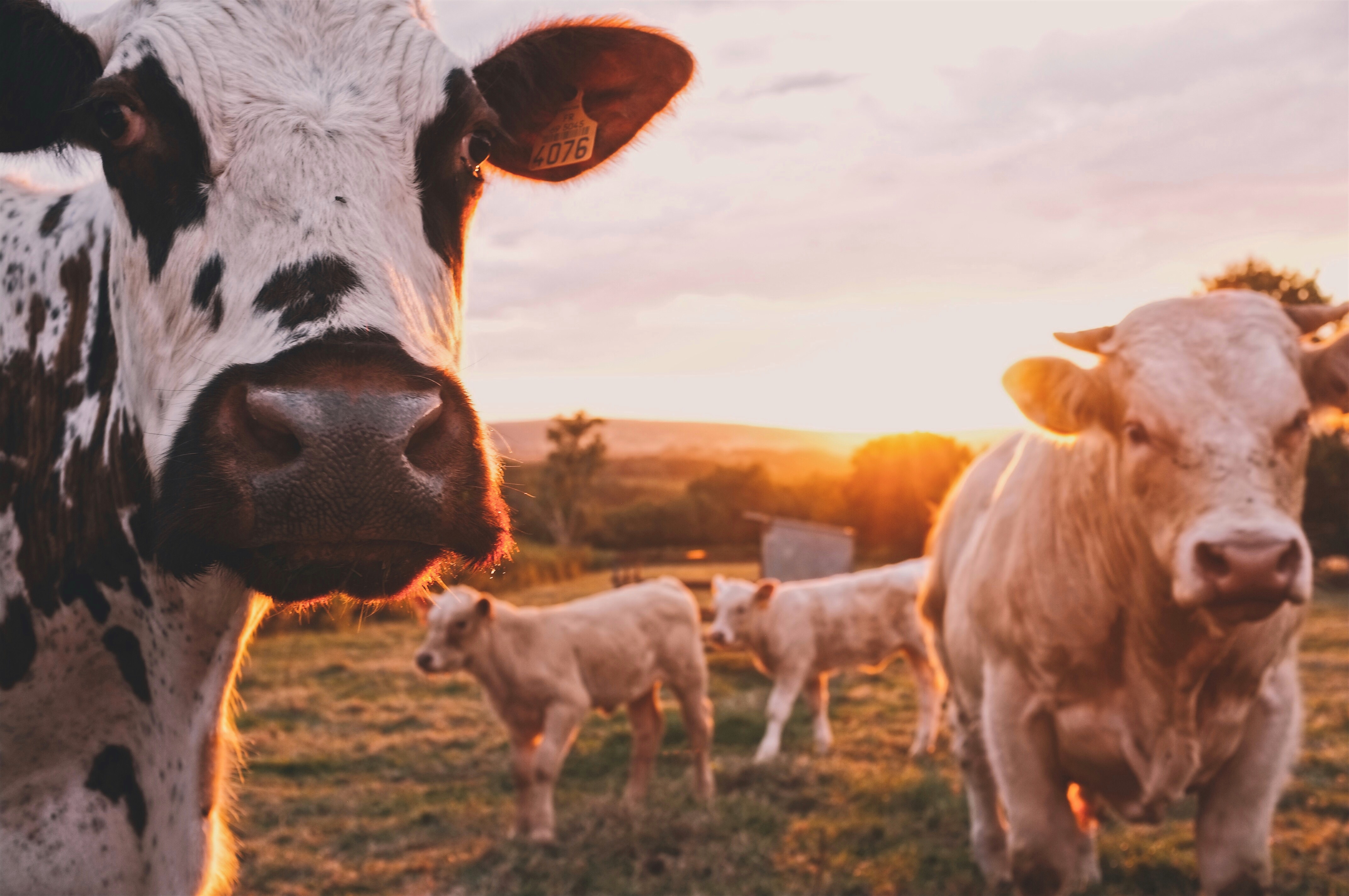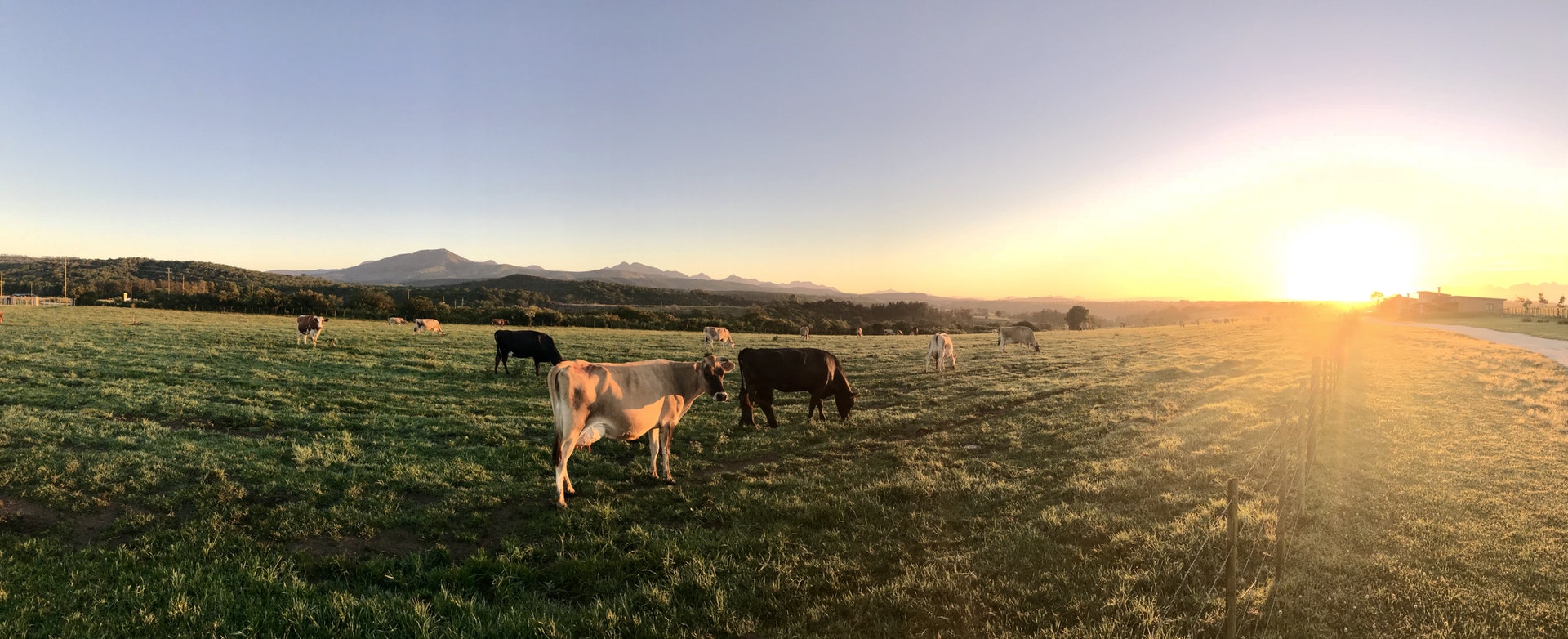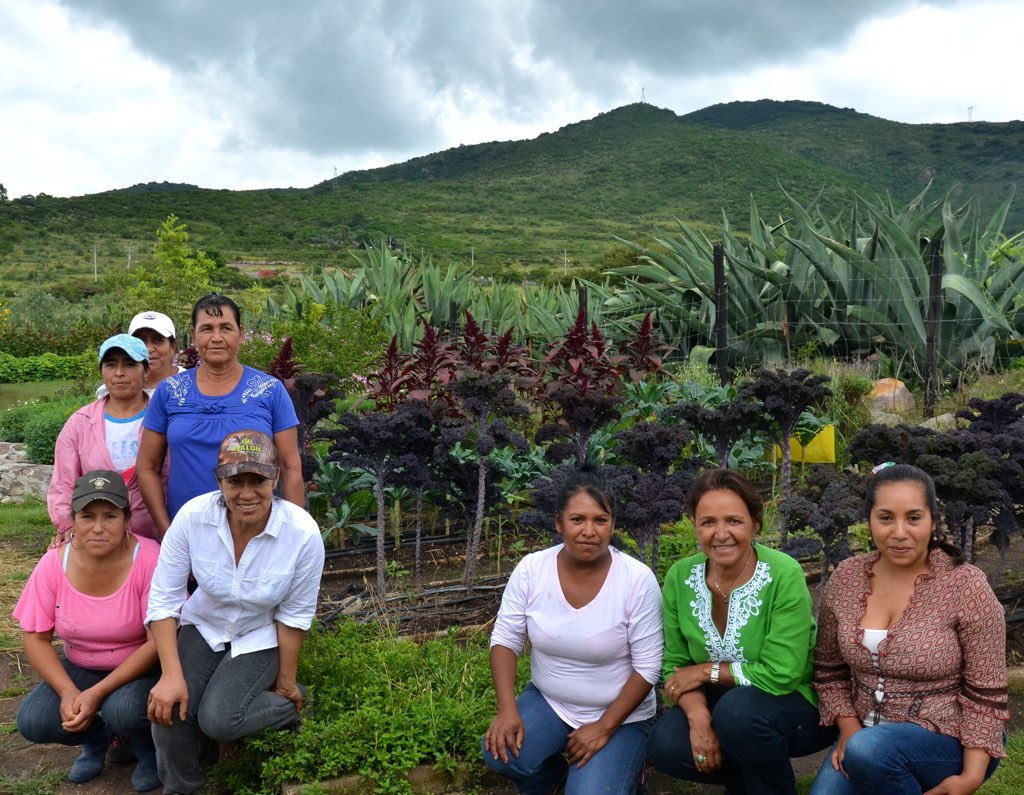A new study calling for a “radical rethink” of the relationship between policymakers and corporations reinforces what Organic Consumers Association and other public interest groups have been saying for years: Our triple global crises of deteriorating public health, world hunger and global warming share common root causes—and that the best way to address these crises is to address what they all have in common: an unhealthy, inequitable food system perpetuated by a political and economic system largely driven by corporate profit.

Photo credit: Unsplash
The study, the result of three years of work by 26 commissioners from several countries, was released this week by the Lancet Commission on Obesity. Boyd Swinburn, a University of Auckland professor and co-chair of the commission, as reported by Channel News Asia, said:
“Until now, undernutrition and obesity have been seen as polar opposites of either too few or too many calories. In reality, they are both driven by the same unhealthy, inequitable food systems, underpinned by the same political economy.”
According to the report, nearly a billion people are hungry and another 2 billion are eating too much of the wrong foods, causing epidemics of obesity, heart disease and diabetes.
Boyd said that malnutrition in all its forms, including undernutrition and obesity, is by far the biggest cause of ill health and premature death globally, and that both are expected to be made “significantly worse” by climate change.
A familiar, but welcome call for reform
We have long called for the reform of our degenerative industrial agriculture system. We’ve drawn attention to the impact of industrial agriculture on global warming and deteriorating health. And we’ve highlighted the remarkable potential for organic regenerative agriculture to naturally draw down and sequester carbon, through nature’s own photosynthesis.
We’ve also called on global policymakers to connect the dots between degenerative agriculture, poor health and climate change.
We’ve said all along that the influence of self-serving corporations over policy is largely to blame for U.S. and global policymakers’ collective failure to address our degenerative food and farming system, and the devastation that system has wrought on human health and the environment.
This latest study comes at a time when climate scientists have sounded their most urgent and alarming warnings to date. It also comes at a time of keen interest in a Green New Deal, whose backers are calling for nothing less than radical solutions to the most pressing issues of our time.
Degeneration Nation: the frightening truth
Welcome to Degeneration Nation, where the frightening truth is this: Big Food companies, fast food chains, chemical and seed giants such as Bayer/Monsanto, and corporate agribusiness, aided and abetted by indentured politicians in both the Republican and Democratic parties, are slowly but surely poisoning us with unhealthy, nutrient-deficient, contaminated food.
The pesticides, GMOs, hormone disruptors and antibiotic residues in non-organic produce, grains and meat, coupled with the excessive sugar, salt and bad fats in the processed foods and beverages that make up the majority of the American diet, have supersized and degenerated the body politic. An epidemic of chronic diseases directly related to our toxic food and environment has spread across the U.S. and much of the world.
The overwhelming evidence is that human health is seriously deteriorating, and that the underlying causes of this health crisis are directly related not only to our highly toxic industrial practices, but also to our degenerate food, farming and land-management practices.
In the agricultural sector alone, the Centers for Disease Control and Prevention identifies more than 1,400 pesticides and 1,800 so-called “inerts” chemicals in use, in addition to a toxic stew of animal drugs, antibiotics, synthetic fertilizers and GMOs. Few of these have been properly tested, singly or in combination, for safety.
The public health and economic consequences of our degraded environment and food system are alarming. A recent Rand Corporation study found that 60 percent of Americans suffer from at least one chronic health condition, such as heart disease, cancer, diabetes, obesity and arthritis; 42 percent have two or more; and that these chronic diseases now account for more than 40 percent of the entire U.S. health care spending of $3.5 trillion.
One out of every two Americans will get cancer at least once in their lifetime. According to recent research, U.S. men born in 1960 have a lifetime cancer risk of 53.5 percent. For women, it’s 47.5 percent.
Seventy percent of U.S. drinking water is contaminated with Monsanto’s top-selling herbicide, Roundup, while 93 percent of consumers now have traces of this toxic poison (active ingredient glyphosate) in our urine.
The authors of “What’s Making Our Children Sick?” report that one in 13 U.S. children have serious food allergies; 6 – 24 percent have serious intestinal problems; 20 percent are obese; 60 percent have chronic headaches; 20 percent suffer from mental disorders and depression. One in every 41 boys and one in every 68 girls are now diagnosed with autism.
Beyond destroying our health, chemical and fossil fuel-intensive factory farms and GMO monocultures are polluting our water and air, degrading our soils, forests and wetlands, killing off biodiversity and heating up the planet.
The delicate rhythms of nature—the Earth’s carbon cycle circulating between the atmosphere, oceans, soils and forests, the water or hydrological cycle and the climate—are unraveling.
Cook organic, not the planet
The Lancet Obesity Commission study is clear: Climate change, obesity and poor nutrition can all be linked in some way to the mass production of processed, nutrient-poor food. This is an idea that doesn’t get as much attention as it should.
When most people think about climate-destabilizing greenhouse gas emissions and global warming, the first thing that usually comes to mind is the impact of fossil fuels—our non-renewable fossil fuel-based energy system for transportation and for utilities and manufacturing, including the construction and the heating and cooling of our homes, offices and buildings.
What few people understand is that a full 44-57 percent of all global GHG emissions are generated by chemical- and fossil fuel-intensive industrial farm production, food processing, packaging, refrigeration, transportation and destructive land-use practices, such as deforestation, heavy plowing, lack of cover crops and wetlands destruction.
Let’s take a closer look at the 44-57 percent of human GHG emissions coming from our industrial, GMO, factory farm food system, and compare how transitioning to regenerative food, farming and land-management practices would not only drastically reduce these emissions, but actually draw down excess atmospheric carbon and sequester it in our soils, trees and wetlands—and in the process, produce more nutrient-dense, chemical-free food.
Direct use of oil and gas in farming: 11 to 15 percent
Most climate analysts agree that fossil fuel use on farms and ranches, including chemical farm inputs (fertilizers and pesticides), is responsible for at least 11-15 percent of all global CO2, methane and nitrous oxide emissions. Most of these emissions come from the use of fossil fuel-powered farm and irrigation equipment and petroleum-derived chemical fertilizers and pesticides.
In addition, the excess manure generated by factory farms, or Concentrated Animal Feeding Operations (CAFOs) as the industry calls them, releases significant quantities of methane and nitrous oxide into the atmosphere and the oceans.
How can we reduce these on-farm emissions? By converting chemical- and energy-intensive farms to organic and regenerative crop production and planned rotational grazing and free range livestock production. This will require a combination of conscious consumers and farmers working together, on a local-to-global scale to reject factory farm, GMO, chemically tainted, highly processed food, and radical changes in public policy and investment practices.
Food- and farming-derived deforestation: 15 to 18 percent
Global “land use change” or deforestation is generally recognized as contributing to approximately 20 percent of all GHG emissions over the past 200 years.
The United Nations Food and Agriculture Organization says that expansion of agriculture, especially for export crops such as GMO soybeans (primarily for animal feed) in Latin America, or palm oil (for biofuels and processed food) in Asia, accounts for 70-90 percent of global deforestation.
Worldwide, industrial agriculture is pushing into grasslands, wetlands and forests, destroying what were previously carbon-sequestering forests and grasslands. Food and farming’s contribution to deforestation thus accounts for 15-18 percent of global GHG emissions.
Over the next 50 years we need to preserve the forests we have left, and plant and nurture a trillion or more new trees. Since the areas of tropical forest deforestation are also the areas of greatest poverty and unemployment, reforestation and forest restoration can provide several hundred million jobs to those local residents and forest dwellers who need them most.
Food transport/food miles: 5 to 6 percent
Globally it is generally agreed that transportation accounts for 20-25 percent of all GHG emissions. According to the ETC group, “we can conservatively estimate that the transportation of food accounts for a quarter of global GHG emissions linked to transportation, or 5-6 percent of all global GHG emissions.” In the U.S. it is commonly estimated that the average food item in your grocery store or restaurant has travelled 1,500 miles before it reaches its final destination. Multi-ingredient processed foods, burn up even more food miles.
If we are to significantly reduce global emissions we will need to drastically reduce the food miles and carbon footprint of our food purchases and focus on fresh non-processed or minimally processed and packaged food produced locally and regionally, including food produced through urban agriculture. Before the second World War most food consumed in the U.S. and other industrialized nations came from a 100-mile radius of where people lived. During the Second World War, 40-50 percent of all food consumed by Americans came from urban “Victory Gardens,” while 30 percent of all food in Great Britain similarly came from urban gardens.
Food processing/packaging: 8 to 10 percent
Food processing has become a major part of the industrial food chain. In the U.S. , the overwhelming majority of food purchased in grocery stores or restaurants (70 percent) is processed food.
ETC group states that the “ . . . transformation of foods into ready-made meals, snacks and beverages requires an enormous amount of energy, mostly in the form of carbon. So does the packaging and canning of these foods. Processing and packaging enables the food industry to stack the shelves of supermarkets and convenience stores with hundreds of different formats and brands, but it also generates a huge amount of greenhouse gas emissions—some 8 to 10 percent of the global total.”
More and more consumers are recognizing that highly processed food, whether served at home or in fast food restaurants is bad for our health, and that wasteful packaging, misleading advertising and plastic bags and packages are harmful both to our health (especially children’s health) and to our environment, including the oceans.
This awareness has caused a boom in sales of fresh organic produce and animal products in natural and organic food stores and farmer’s markets. Many cities and even entire nations are now moving toward banning plastic bags. Unfortunately, U.S. consumers still spend almost half of their food dollars eating in restaurants and fast food outlets where highly processed, packaged foods dominate the menu. Similarly, in schools and cafeterias pre-cooked processed foods delivered by food service conglomerates have displayed hand-cooked meals prepared from fresh ingredients.
If we are to reduce the 8-10 percent of global fossil fuel emissions coming from food processing and packaging we will need to get back to healthy, organic, regionally produced foods, cooked from scratch with natural ingredients. This will not only benefit our health but will also be better for the health of the climate and the environment.
Food refrigeration & retail: 2 to 4 percent
Approximately 15 percent of all global electricity consumption is for cooling and refrigeration. Of course global food sourcing depends upon keeping fresh produce and animal products cold.
As ETC group says: “Considering that cooling is responsible for 15 percent of all electricity consumption worldwide, and that leaks of chemical refrigerants are a major source of GHGs, we can safely say that the refrigeration of foods accounts for some 1-2 percent of all global greenhouse gas emissions. The retailing of foods accounts for another 1-2 percent.”
Again, reducing our food miles, buying locally and regionally—this is not only good for the planet, but good for our health and the economic well-being of our local farmers and ranchers as well. Until the electricity grid is converted over to renewable energy, food refrigeration, and refrigeration in general (especially air conditioning), will continue to belch out an unsustainable amount of greenhouse gases.
In the meantime we can all do our part, not only by turning down our thermostats, but by buying fresh foods produced locally and regionally, pressuring politicians to require local purchasing for schools and institutions, or better yet, by growing some of our own.
Throwing food into landfills instead of composting 3 to 4 percent
Our industrial food and farming system currently discards 30-50 percent of all the crops and the food that is produced. Not only is this a prodigious waste of the fossil fuel energy and labor involved in producing this food, but the food waste itself generally ends up in garbage dumps and landfills, (rather than being converted into compost) releasing substantial amounts of methane and other GHGs.
Quoting again from ETC Group: “Between 3.5-4.5 percent of global GHG emissions come from waste, and over 90 percent of these are produced by materials originating within the food system.”
Our planet has five pools or repositories where greenhouse gases are absorbed and stored: the oceans, the atmosphere, the soils, vegetation (plants, especially perennial plants, grasses, and forests) and hydrocarbon deposits.
Our global challenge over the next 25 years is to stop putting more carbon into the atmosphere and the oceans, leave the remaining fossil fuels (oil, coal, uranium, and natural gas) in the ground, and move a critical mass of excess atmospheric carbon (250 billion tons of carbon) back into the soil, by transitioning to regenerative food, farming and land-use practices. By doing this we will not only be able to reverse global warming—we’ll also produce healthier food and healthier people.
Ronnie Cummins is international director of the Organic Consumers Association and a member of Regeneration International steering committee.
Reposted with permission from Common Dreams









